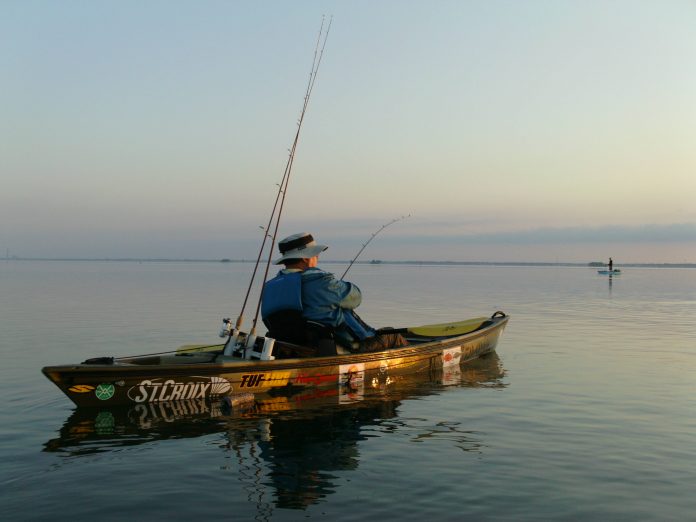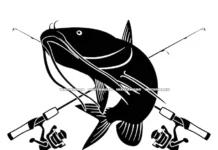By Neil Taylor, www.capmel.com and Strike Three Kayak Fishing

Casting lures to saltwater gamefish is probably the most underrated and overlooked skill. Casting is the first item I evaluate or teach when I take a client out on the water. If you want to have a lot better overall results: Make an effort to improve your casting abilities. Long, accurate casts are crucial, particularly in the “clear” water conditions seen in the cooler months. As it is with the many facets of angling, the difference between a decent angler and a great one are found in “the details”.
Excellent distance and being able to accurately “place a lure where you want it” has obvious benefits. Anglers are able to set up farther away from where the fish are located but still get a lure to the fish. The more distance between the angler and fish, the less likely it is that they will know that you’re there. Long casters are also working the lure through more territory, translating to more possibilities for the lure to pass by the location of a predator.
The distance factor has a great deal to do with good technique. That technique is improved with practice and experience. For the untutored or beginner: The art of the long cast is a learned combination of moving the rod multiple directions (a swing from “forward to back”) and then a thrust acceleration of the lure forward again with the “release of the line” at the appropriate time, allowing it to fly off the spool at a decent rate of speed. Anglers who do not get aggressive enough with the acceleration and release of the lure will never achieve maximum distance.
As you strive to become a better caster, “adding energy” to the acceleration of the lure, work on the distance but pay attention to where your casts are landing. This is a natural way to build accuracy. Getting the distance down first is important, but being able to drop that lure in a specific spot with that long cast will yield results. An example: The attentive angler may spot a feeding fish and realize that lure placement in a specific location will be most likely to get a strike. The honed skill of accuracy and distance achieved: The odds of a hook-up are much higher with the strategically placed cast.
Keep in mind- your fishing equipment and tackle choices also have an impact. To maximize the results, have your reel spools filled to the optimal level to add that extra few feet to your casting distance. Too little line on a spool will limit casting distance. The line itself: Braided line has zero stretch and will cast farther than monofilament. Baitcasting outfits are excellent for making accurate casts. If a spinning rod and reel is your choice: A 7-foot to 7’6″ rod is perfect for accurately casting artificial lures.

The “finesse” of fishing for shallow water species like redfish is enhanced when utilizing very light lures. Heavier lures will obviously fly farther than lighter ones with less “acceleration factor” coming into play. But heavier lures sink faster, picking up more grass and don’t have the action of lighter selections. The best angler can achieve the longer distances on casts with the lighter lures.
Note: The advantage of setting up with the wind at your back will maximize casting distance. It will also be best for effectively working the lightest lures.
Casting is something I teach. It is something I modify. There are many bad habits that you can acquire over a lifetime of fishing. Hire the right guide if you think you need some assistance with your casting technique. Remember, it is not ONLY important to make long casts, you also want to have enough skills to have decent accuracy as well.
There is no substitute for experience. Put some work into it. In time, the long, accurate casts become more of a habit than an effort. It’s very basic: But you will catch more and bigger fish. You can bet on it!

Neil Taylor
Strike Three Kayak Fishing
www.strikethreekayakfishing.com
(Cell) 727-692-6345
LivelyBaits@aol.com
- The Neil Blog… - July 26, 2023
- The Catfish - July 26, 2023
- update - July 22, 2023











